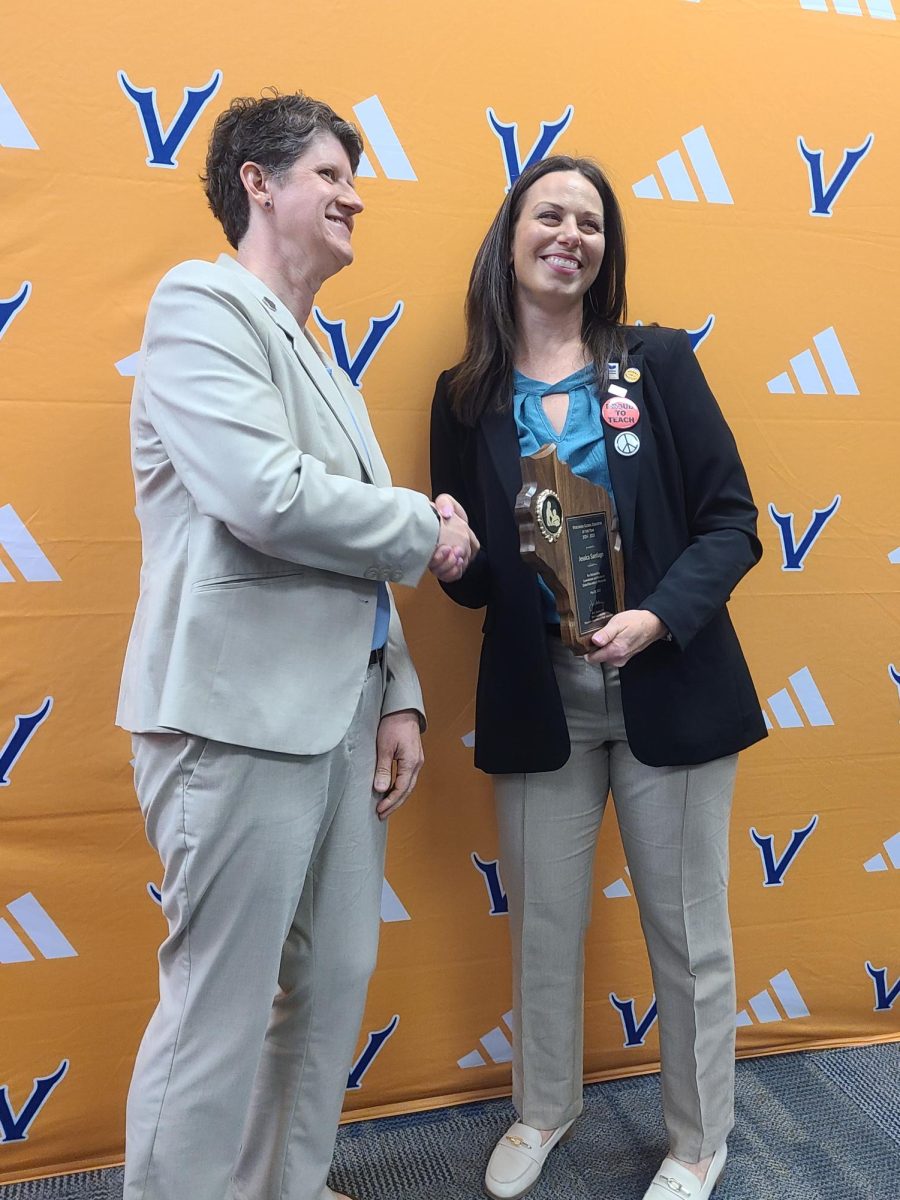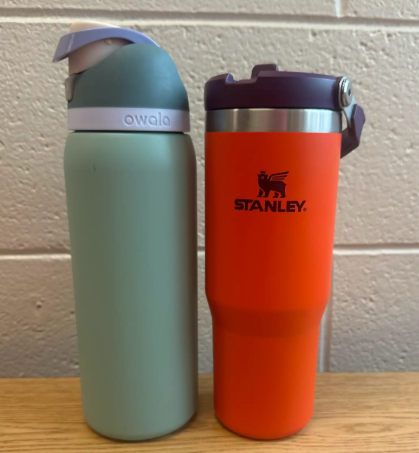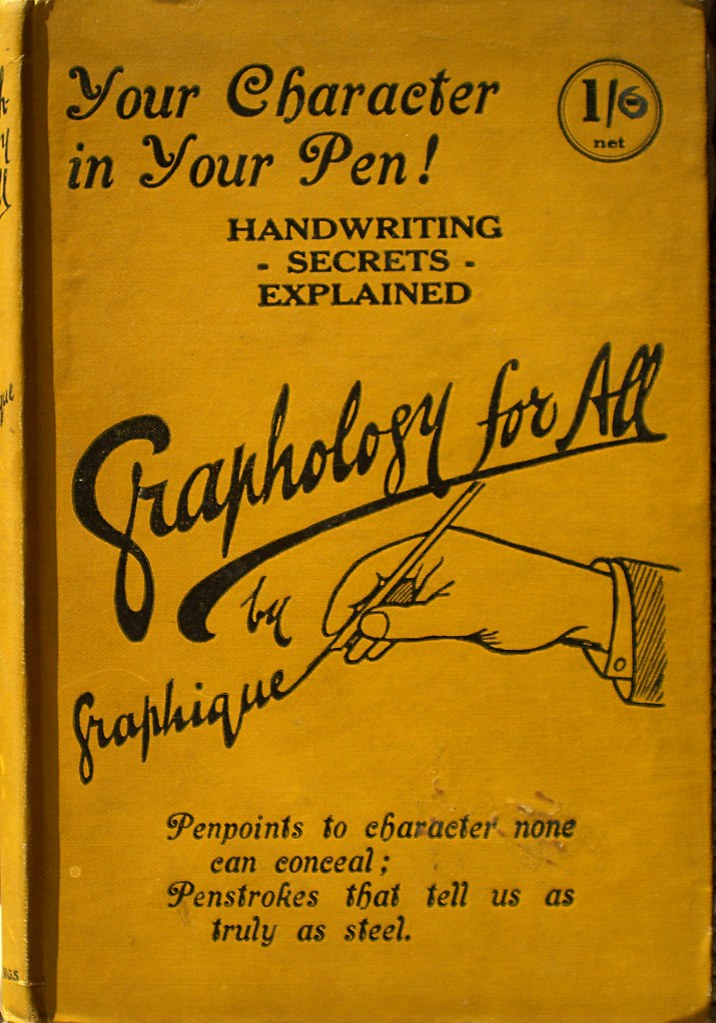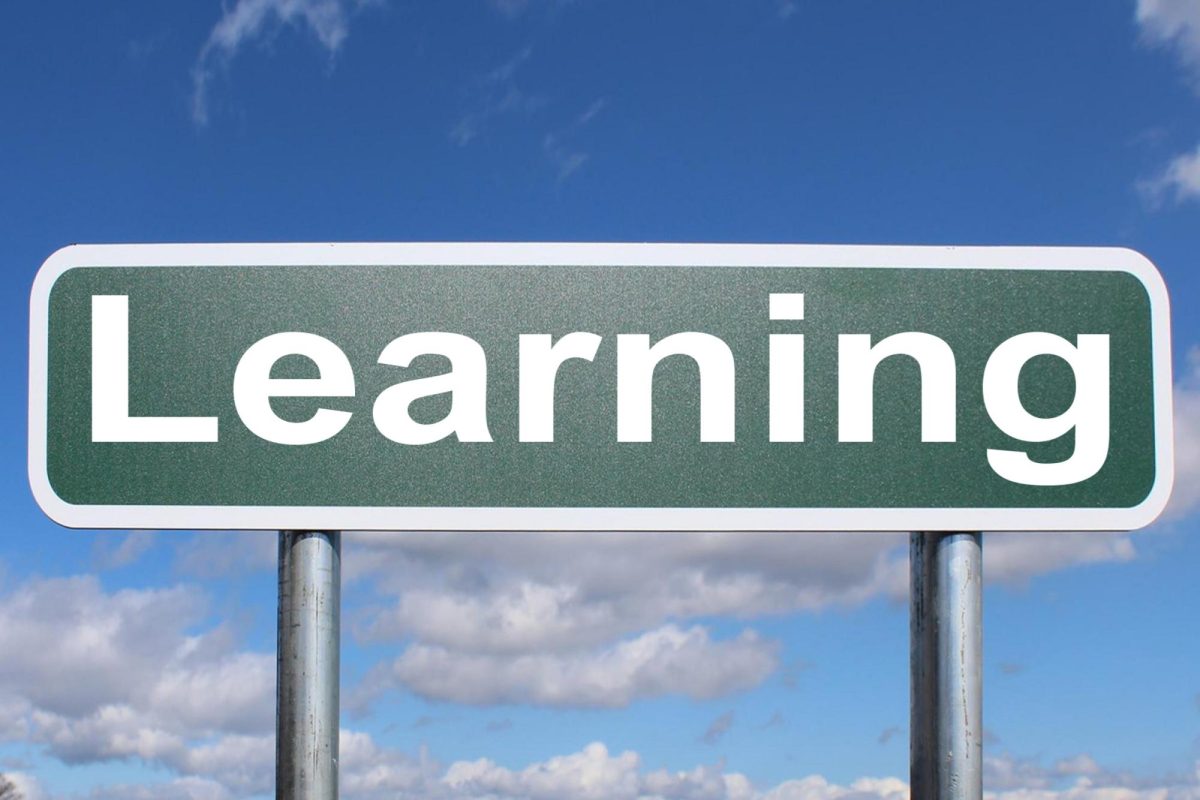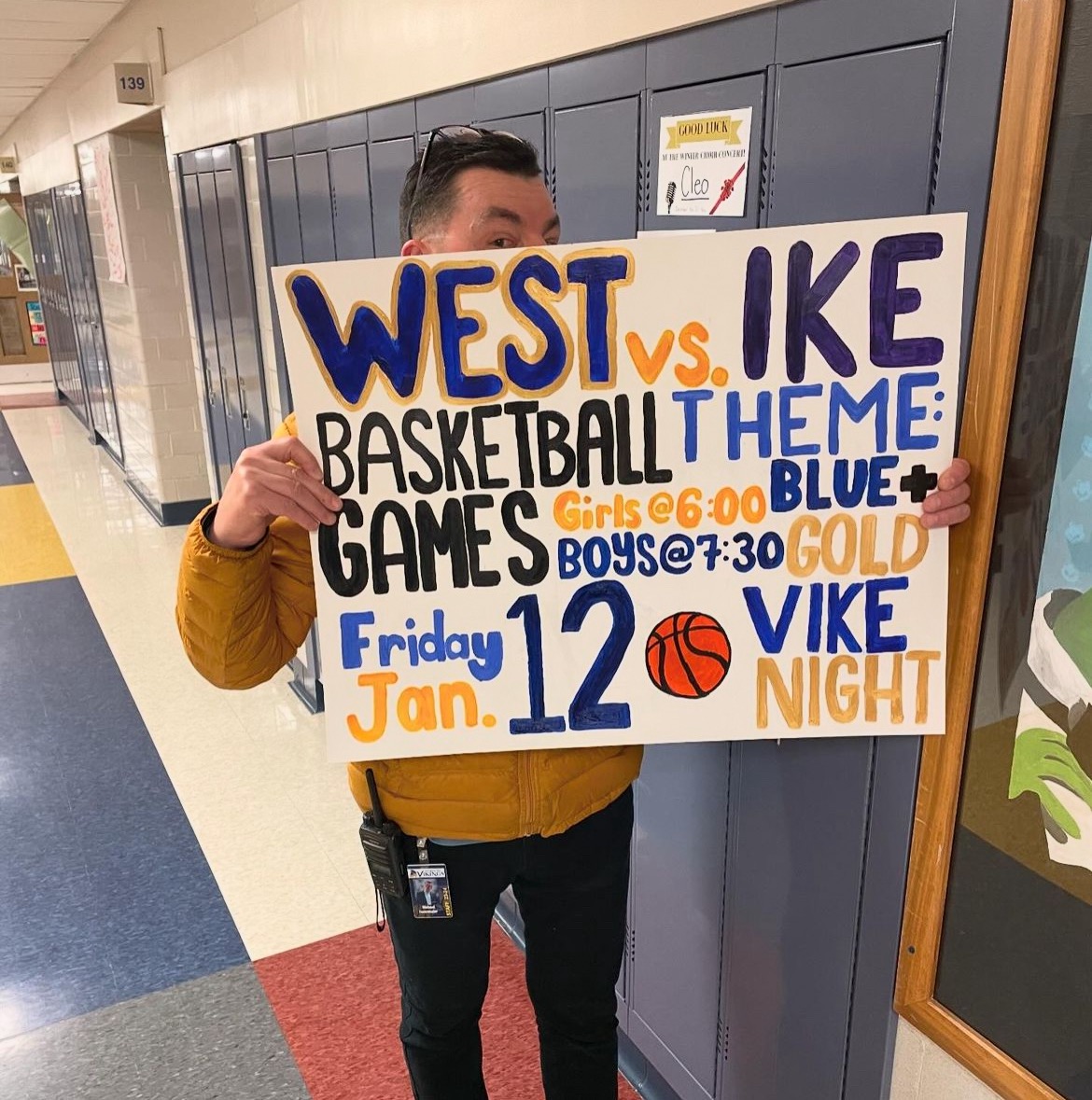Deaf and Hard of Hearing Students Today
In the hallways of New Berlin West Middle/High School, all kinds of students make their way through the crowds as they try to get to class. One group in particular includes the students who are deaf and hard of hearing.
These students have many resources available to them, such as hearing aids, FM systems, cochlear implants, and iSenses. Deaf and hard of hearing students also have access to interpreters, technology programs, closed captions, and teachers who help them get through public schooling successfully.
That’s what life is like for a deaf or hard of hearing student attending public school nowadays, but what was life for a hearing impaired students in earlier times?
Resources Available Back Then
Unfortunately, deaf and hard of hearing students back in prior decades didn’t have accessibility to the resources available nowadays. While some of devices used currently were available back then, they weren’t the best of their models or commonly used.
“Hearing aids looked very different a few decades ago,” Stephanie Krellwitz, a teacher for the deaf and hard of hearing at West and Eisenhower, explained. “Kids back then had to wear these little boxes around their neck and chest with wires that went into the ears, like earbuds. And there was this dial you’d have to use to adjust the volume.”
According to Krellwitz, although FM systems seen in the classrooms today were available in previous decades at public schools, they weren’t the most adequate devices to use or commonly used by the deaf and hard of hearing students.
“There were more problems with the systems because the technology wasn’t as advanced, such as radio interference,” she commented. ”They also weren’t as small as they are now. The students would have to wear a big neckloop to access FM and the teacher microphone was much larger as well.”
Deaf/Hard Of Hearing Student In Public Schools and Oral Schools
In the past, it was very rare for a deaf or hard of hearing student to be attending a public school.
As Krellwitz described, “There were less students mainstreamed into general education. They either went to schools specifically for deaf and hard of hearing students or were put into special programs within their schools.”
The way students who were deaf or hard of hearing were treated in public schools in the past wasn’t the best, as confirmed by Mrs. Krellwitz.
Deaf and hard of hearing students were forbidden to use sign language in their classes. This was due to the fact that being deaf or hard of hearing was seen as a “disability.” Many people believed that if they never learned to speak, they’d never be able to fit in with what they called the “normal” world. They proceeded to forbid deaf and hard of hearing students from using sign language and forced them to learn how to speak.
If they used sign language, they’d be punished; however, outside of the classroom, deaf and hard of hearing students would get together in secret and communicate with each other through sign language.
Today, in deaf culture, those schools are referred to as oral schools – a school where a majority of the students know how to speak.
How Things Have Changed Since Then
Since then, there have been many changes for the deaf and hard of hearing community, both in the context of technology advancement and the development of social acceptance.
Krellwitz said that more deaf and hard of hearing students have started attending public school. And although the amount of deaf and hard of hearing students attending public schools has risen since prior decades, there are still more deaf and hard of hearing and students that prefer special schools over public schools.
Hopes for the Future
As for the future of deaf and hard of hearing, it can only be predicted. A hearing loss student who wishes to remain anonymous shared their thoughts on how deaf/hard of hearing students and education will have changed in the future: “I would think that 99% of the students will have IEPS, hearing aids and specials teachers.”
“I think in the future services for deaf/hard of hearing students will look similar to what they are today,” Krellwitz shared her thoughts on the same matter. “Some students will have IEPs, some won’t. Technology will improve, but many kids will still need help. But what I think will change is that more and more students with hearing loss will start attending public schools in a mainstreamed program and that schools for the deaf will have lower attendance.”
For more information, visit these sources:
http://signlanguageco.com/deaf-culture-timeline/ http://www.lifeprint.com/asl101/topics/education_deaf_01.htm

